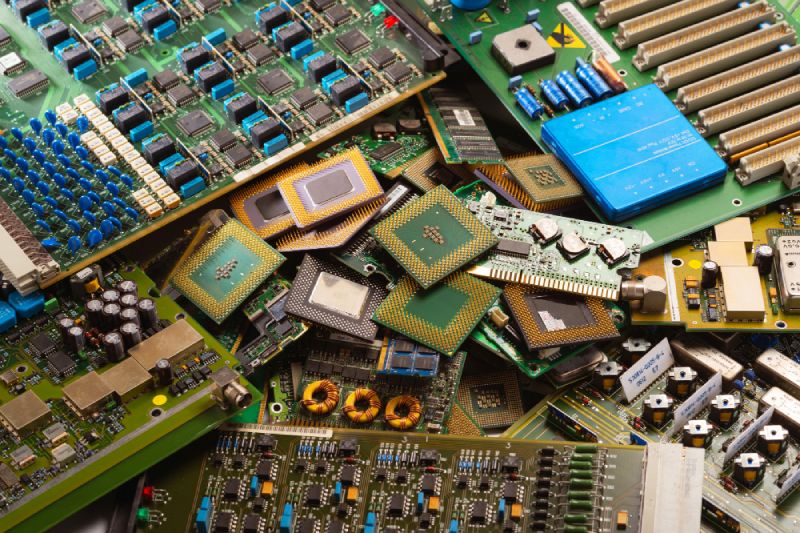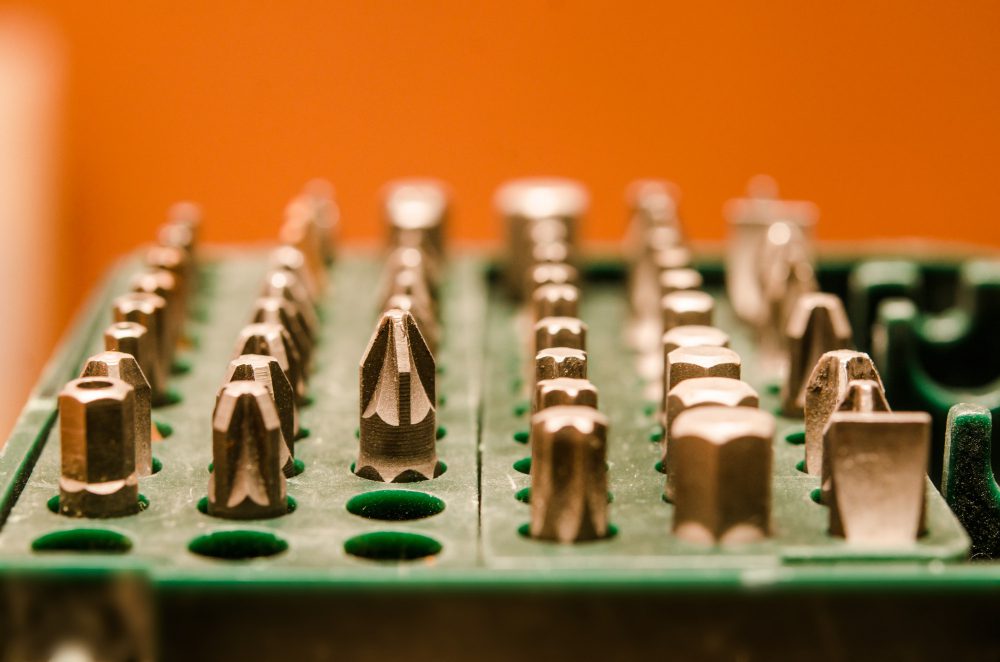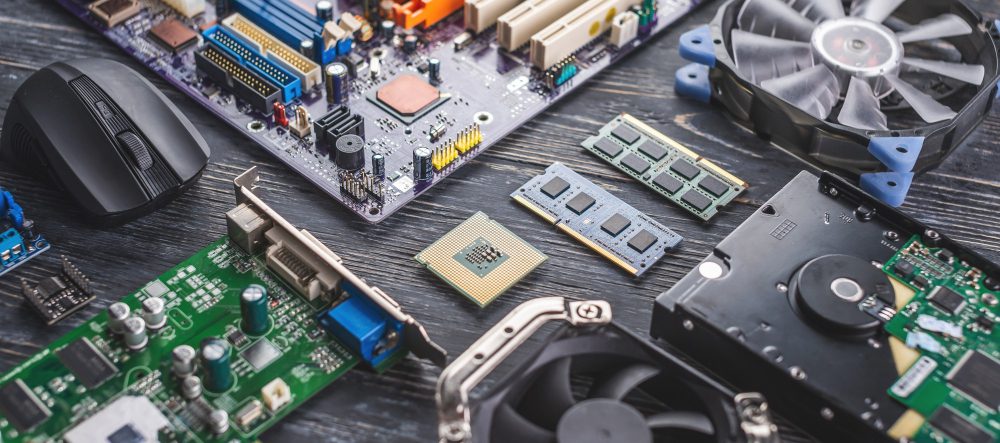The Evolution of Motherboards
Introduction
Motherboards are the backbone of any computer system. They are the most critical component that connects all of the parts of your computer together. Motherboards have been around for many years, and they have gone through significant changes and improvements. In this article, we will discuss the evolution of motherboards and how they have changed over the years.
The Early Days of Motherboards
In the early days of motherboards, they were very simple. They were made up of a single circuit board that had a few slots for memory and other components. In those days, computers were much simpler, and the motherboards did not need to be very complex. However, as computers became more powerful and more advanced, the motherboards needed to evolve to keep up.
The Birth of AT and ATX Motherboards
In the early 1990s, two standards emerged for motherboards: AT and ATX. The AT motherboard was the standard for many years. It had a large form factor and was not very efficient. The ATX motherboard was designed to replace the AT motherboard, and it was smaller and more efficient.
The Development of Advanced Chipsets
In the 2000s, the development of advanced chipsets brought significant changes to motherboards. Chipsets are integrated circuits that manage data flow between different components of a computer. They are critical to the performance of a motherboard. With advanced chipsets, motherboards became faster and more efficient.
The Rise of UEFI BIOS
In 2005, the Unified Extensible Firmware Interface (UEFI) BIOS was introduced. UEFI BIOS replaced the traditional BIOS that had been used for many years. UEFI BIOS is faster, more secure, and more flexible than traditional BIOS. It allows for faster boot times, better security, and more advanced features.
The Present Day
Today, motherboards are more advanced than ever before. They are smaller, faster, and more efficient. They come with advanced features such as built-in Wi-Fi, Bluetooth, and Thunderbolt 3. They also support the latest technologies, such as NVMe storage and PCIe 4.0. Motherboards are also more customizable than ever before, with RGB lighting and other features that allow you to personalize your computer.
The Future of Motherboards
The future of motherboards looks bright. With the development of new technologies such as PCIe 5.0 and DDR5 memory, motherboards will become even faster and more efficient. They will also become more flexible, with more customization options than ever before.
“Motherboards are more advanced than ever before. They are smaller, faster, and more efficient.”
How has the Motherboard Evolved Over Time?
The motherboard, also known as the mainboard, baseboard, or system board, is the primary circuit board inside of a computer. Over time, motherboards have evolved significantly to accommodate changing technology and use cases. Below is a brief timeline of some key points in the evolution of the motherboard:
1981 – IBM Personal Computer: IBM released the IBM Personal Computer, which used a motherboard that housed the processor, RAM, and ROM chips. This established the standard for how motherboards would function.
1987 – AT Motherboards: IBM introduced the AT (Advanced Technology) form factor with the IBM PC/AT. The AT form factor allowed for more expansion slots, and it introduced a BIOS that could be updated without changing the motherboard.
1995 – ATX Motherboards: The ATX (Advanced Technology Extended) form factor was introduced by Intel. It improved on the AT design by rotating it 90 degrees, allowing for easier access to the components when inside a case. It also introduced more standardized layouts for ports and power supplies.
1997 – AGP Slots: AGP (Accelerated Graphics Port) slots were introduced, providing a dedicated high-speed port for graphics cards. This allowed for much better video performance compared to the older PCI slots.
2004 – PCI Express: PCI Express (PCIe) was introduced, which provided a faster and more flexible replacement for PCI and AGP slots. PCIe can be used for a wide range of peripherals, not just graphics cards.
2005 – BTX Motherboards: The BTX (Balanced Technology Extended) form factor was introduced as a potential replacement for ATX, with better cooling and layout. However, it didn’t catch on, and ATX remains the most popular form factor.
2007 – Onboard HDMI: HDMI ports started becoming common on motherboards, allowing for digital video and audio to be sent over a single cable.
2011 – UEFI: UEFI (Unified Extensible Firmware Interface) was introduced as a replacement for BIOS. UEFI provides a more modern and versatile interface, with support for larger hard drives and faster boot times.
2019 – PCIe 4.0 Motherboards: PCIe 4.0 became standard in many motherboards, offering double the bandwidth of PCIe 3.0. This allows for even faster graphics cards and SSDs.
As of 2021, motherboard technology continues to evolve. Motherboards are now commonly equipped with features like M.2 slots for NVMe SSDs, USB 3.1/3.2/Type-C ports, integrated Wi-Fi and Bluetooth, and RGB lighting. As technology advances, motherboards will continue to adapt to support new features and standards.
Conclusion
The evolution of motherboards has been significant. From the early days of simple circuit boards to the advanced motherboards of today, motherboards have come a long way. They have become faster, more efficient, and more customizable. With the development of new technologies, the future of motherboards looks even brighter. They will continue to play a critical role in the development of computers and technology.



